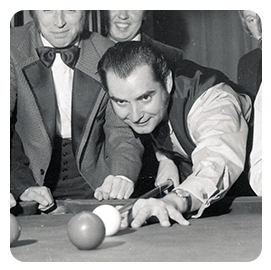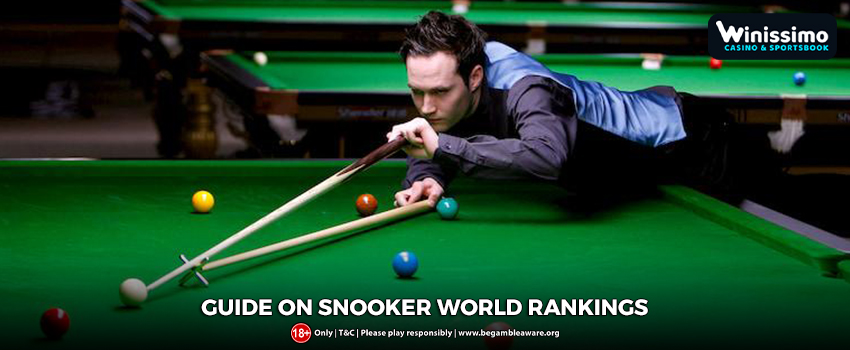Snooker is a game involving the use of a cue and is a descendant of billiards, a game that was extremely prevalent among the upper classes of British society during the 16th century. As time went on, British troops introduced the sport to India, wherein British military officials enjoyed it immensely. Snooker was originally only played by 2 individuals, however, as the sport evolved, various varieties such as Life Pool as well as Pyramid Pool were created to allow more people to participate. Snooker is the name given to a game that combines billiards and pool.
Later on snooker became so mainstream and popular that many sports betting as well as online casino sites started including snooker betting odds and markets into their portfolio. Snooker betting isn’t as well-known as football betting or rugby betting in terms of sports betting popular options, but it’s a terrific sport to wager on. The fans of the game may place a variety of bets on online betting platforms. But to do so, one must first grasp how snooker odds operate and which prediction pools have the most potential.
Now coming to our topic of discussion, which is about Snooker World Rankings. These rankings are a method of determining who are the greatest players in the world at any particular time.
These don’t always correspond to snooker betting odds; they’re more of a reflection of current performances than a prediction of who will win a certain showdown.
The Fundamentals
For the most part, each major tour player’s world position is calculated by adding up all of their previous 2 year reward cash. Nevertheless, there are a few essential conditions to be added further than that statement, as there always are.
History of the World Snooker Rankings
The global ranking system, which was first used on the official World Snooker Tour in 1976, is a framework that ranks players depending on their performance over the preceding 2 years. Seedings and, in certain circumstances, qualifying for WST events are determined using these rankings.
The global ranking chart was only revised once per year, after the World Championship, till the 2010 -11 campaign began. Ever since, the authorised ranking chart has been revised after every ranking event, and seeding cut-offs have been added succeeding specified games to decide the event seeding.
Additional adjustments were made at the commencement of the 2014/15 campaign, with the standings being switched from a conventional points-based methodology to another dependent on reward money received in qualifying events.

Even when additional events gained ranking stature, the World Championship maintained its position as the highest-scoring event. The 2nd highest rating in terms of points came from the UK Championship. As new events were added to the ranking scheme, the quantity of ranking credits available varied.
2014-15 was a watershed moment. Prize money was used in place of the previous approach of calculating rankings based on points. Reward income made in ranking tournaments is factored towards a player’s rating, which has been the case since 2014.
But, not every reward money contributes toward the standings. An Invitational tournament cash prize, such as that awarded at the Champion of Champions, has no bearing on the standings. Maximum break and High break awards are treated the same way.
Cut-Offs in Seeding
Authorised world rankings are adjusted after every finished tournament, however seeding listings used to decide seedings for events in the future are amended at specific times throughout each calendar. Seeding cut-off points or seeding revisions are the terms used to describe these points.
What Are Rolling Rankings?

While discussing ratings, we frequently refer to players as “trying to defend” or “dropping” money. So what does this really imply in practise?
‘Rolling’ ratings have been in place ever since the commencement of session 2010 – 11, with cash prizes collected throughout the current calendar being contributed to the world ranking after every finished competition. Reward cash received at equivalent tournaments more than 2 years ago is deleted from the rankings chart at that corresponding period. As a result, at any given moment, each player’s rating will be based on their profits from all events over the past 2 years.
Because of this, players may find themselves falling in the rankings even after having a successful showing in an event.
World Snooker Rankings in a descending order:
| Yan Bingtao | £314,000 |
| Stephen Maguire | £347,000 |
| Ding Junhui | £356,750 |
| John Higgins | £418,000 |
| Kyren Wilson | £611,000 |
| Shaun Murphy | £643,500 |
| Neil Robertson | £785,500 |
| Ronnie O’Sullivan | £861,000 |
| Mark Selby | £1,246,000 |
| Judd Trump | £1,370,000 |

